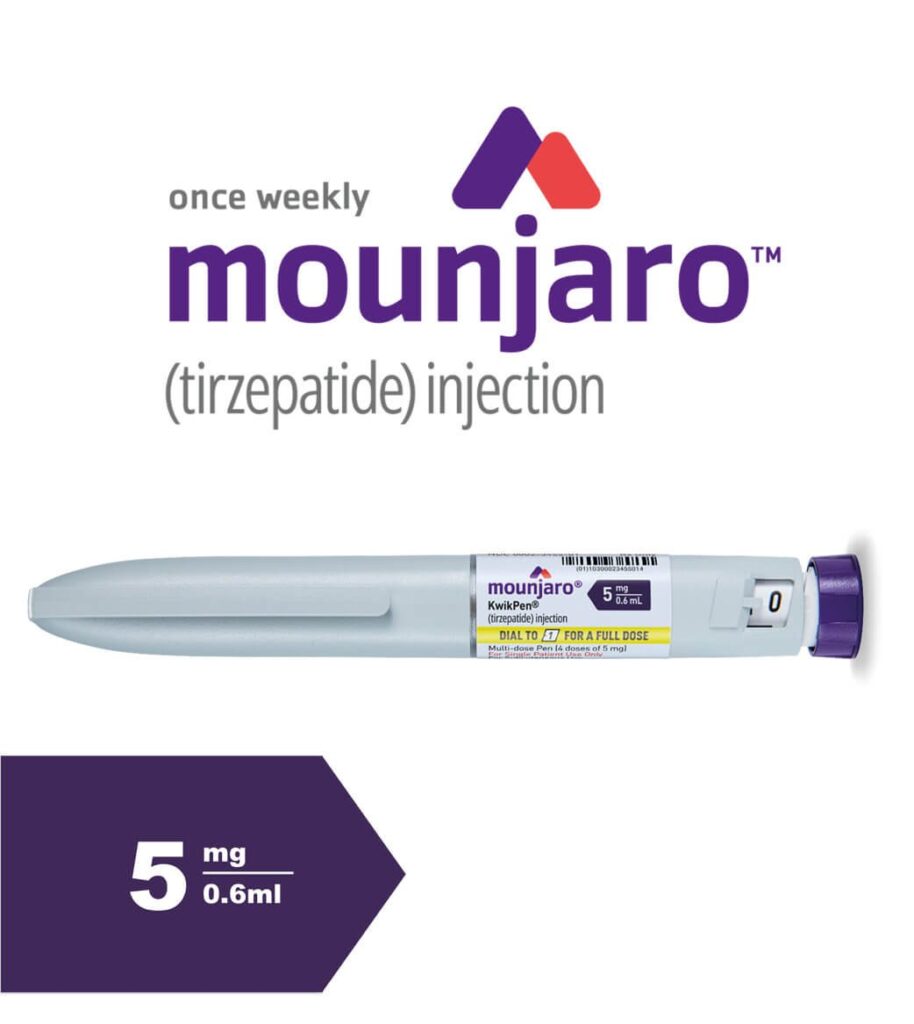Business owners dread the nightmare of losing revenue because of
unexpected disasters. A fire could destroy your storefront. A storm might cut
power for days. These events can stop your operations and empty your bank
account quickly.
Many business owners think their standard property insurance covers lost
income during disruptions. That’s not the case at all. Business income
insurance protects your revenue stream at the time disaster strikes. This
specific coverage becomes vital to survival.
Let me break down everything in business income insurance for you. You’ll
learn what it actually covers and how to figure out your coverage needs. The
right policy choice matters a lot. I’ll show you the exact steps to take
through the claims process. This knowledge will help you act fast if you need
to use your coverage.
Understanding Business Income Insurance Basics
Let’s explore everything about business income insurance that business owners
should know.
What business income insurance actually covers
Business income insurance (also called business interruption insurance) helps
replace lost income and
covers ongoing expenses
when your business can’t operate normally. This coverage has:
-
Lost profits based on previous financial records
-
Mortgage and rent payments
-
Employee wages and payroll
-
Tax and loan payments
-
Relocation costs if needed
How it is different from property insurance
Property insurance covers physical damage to your building and equipment.
Business income coverage keeps your business financially stable during
recovery. To name just one example, a fire damages your retail store and
property insurance pays for repairs. Business income insurance covers your
lost revenue while you’re closed.
Key terms you need to know
Here are some significant terms you’ll come across:
Period of restoration represents the timeframe your policy
helps pay for lost income. It starts when damage occurs and ends when your
property should reasonably be repaired. Most standard policies
cover 30 days, but you can extend this up to 360 days.
Waiting period represents a brief period before coverage
begins after damage occurs – usually 48-72 hours. Your coverage amount depends
on your past financial records and future profit projections.
Calculating Your Coverage Needs
I want to help you calculate exactly how much business income insurance you
need. Let’s start with the practical steps.
How to estimate your required coverage amount
Your business’s financial records are the starting point to calculate your
coverage. Here’s what you need to look at:
-
Calculate your total revenue
-
Subtract operating costs and expenses
-
Deduct taxes to find your net income
-
Project these figures for the next 12 months
This calculation helps determine your business income, which equals revenue
minus expenses.
Understanding restoration periods
The restoration period is a vital part of your coverage planning. I always
tell my clients to prepare for a worst-case scenario instead of guessing. The
standard policy provides coverage for 30 days, but you can extend this
up to 360 days
through endorsements.
Most policies include a waiting period of 48 to 72 hours before coverage
begins. Some policies offer zero-hour waiting periods, and these can be great
for businesses that can’t afford any gap in coverage.
Common coverage gaps to watch for
Over the last several years, I’ve noticed several coverage gaps that often
surprise business owners. Many policies don’t cover losses from floods or
earthquakes. Building code compliance time isn’t typically included in your
restoration period.
A most important gap occurs with civil authority orders. Coverage typically
limits payouts to
just three weeks
even if government actions force your business to close. Your business’s
revenue might not immediately return to pre-loss levels after reopening.
That’s why you should think about extended business income coverage, which can
provide additional protection for up to two years.
Choosing the Right Policy
You need to think about several coverage options when choosing the right
business income insurance. Let me help you make an informed choice that works
for your business.
Standard vs. extended coverage options
Standard business income coverage has a
30-day restoration period. You might want to think about extended coverage that protects your business
for up to 720 days after operations resume. In fact, extended coverage works
best for businesses that:
-
Take time to rebuild their customer base
-
Send bills to clients months ahead
-
Depend on seasonal income
Important policy exclusions to consider
Your policy won’t cover everything. We found that business income insurance
doesn’t cover:
-
Extreme weather events like earthquakes and floods
-
Undocumented income not listed in financial records
-
Pandemic-related closures
-
Marketing and research development expenses
Cost factors and premium calculations
Several key factors determine your policy’s cost. Insurance companies assess:
-
Your industry’s type and risks
-
Business location and possible hazards
-
Annual revenue and coverage limits
-
Prior claims history
-
Number of employees
Your deductible choice substantially affects your premium – higher deductibles
usually mean lower premium payments. Businesses in high-risk areas, especially
those prone to natural disasters, often pay more for their premiums.
Filing and Managing Claims
Filing a business income insurance claim needs attention to detail. Let me
guide you through everything you need to get the compensation you deserve.
Required documentation for claims
Proper documentation plays a significant role in your claim’s success. My
clients typically prepare these documents:
-
Profit and loss statements
-
Sales records and receipts
-
Income tax returns
-
Payroll records
-
Bank statements
-
Rent rolls
Step-by-step claims process
Your insurance provider needs immediate notification after the incident.
Here’s my recommended process:
-
Document the date and circumstances of your loss
-
Take photographs of any physical damage
-
Create a detailed inventory of affected items
-
Submit your claim through your provider’s portal
-
Provide all supporting documentation
Most policies specify strict timeframes to report losses, so quick action
matters. Your policy might need a signed and sworn proof of loss
within 60 days of the original request.
Tips for maximizing claim payouts
Proper documentation leads to better claim payouts. Claims backed by detailed
records typically result in higher settlement values.
Think about hiring a forensic accountant – many policies cover this expense.
These experts help ensure your claim calculation has all revenue streams, not
just the obvious ones.
Your extra expenses while minimizing business disruption need detailed
records. This includes:
-
Temporary relocation costs
-
Emergency repairs
-
Additional advertising expenses
-
Overtime pay for employees
Your adjuster looks for evidence of loss reduction efforts. My experience
shows that well-documented mitigation strategies lead to faster claim
processing and better settlements.
Conclusion
Business income insurance serves as a crucial safety net for business owners
like us. My years of client advisory experience show this coverage often
determines which businesses bounce back from disasters and which ones fail.
Your standard property insurance won’t cover income losses during business
disruptions. You need to calculate coverage requirements precisely and
understand policy exclusions. Proper documentation plays a key role too. Quick
action after a disaster helps secure maximum compensation from your claims.
Smart business owners prepare for disasters. A suitable business income policy
keeps your company financially stable during recovery.
Read more about protecting your business with detailed insurance
coverage.
Documentation matters when filing claims. Working with a forensic accountant
helps maximize your payout. The claims process might look daunting, but these
steps will help you handle it effectively.
FAQs
Q1. What exactly does business income insurance cover?
Business income insurance covers lost profits, ongoing expenses like rent and
payroll, and relocation costs if needed when your business can’t operate
normally due to a covered event. It helps maintain financial stability during
recovery periods.
Q2. How much does business income insurance typically cost?
The cost varies based on factors like industry type, location, annual revenue,
and coverage limits. On average, businesses can expect to pay less than $80
per month for up to $1 million in coverage per occurrence, with a $2 million
aggregate limit.
Q3. Is rent covered under business income insurance? Yes,
business income insurance typically covers rent or mortgage payments. This
ensures that you can maintain your business location even when operations are
disrupted due to a covered event.
Q4. How long does business income coverage last? Standard
policies usually provide coverage for 30 days, but this can be extended up to
360 days. The coverage period, known as the “period of restoration,” starts
when the damage occurs and ends when your property should reasonably be
repaired.
Q5. What documentation is needed when filing a business income insurance
claim?
When filing a claim, you’ll need to provide comprehensive financial records
including profit and loss statements, sales records, income tax returns,
payroll records, bank statements, and rent rolls. Thorough documentation is
crucial for maximizing your claim payout.











